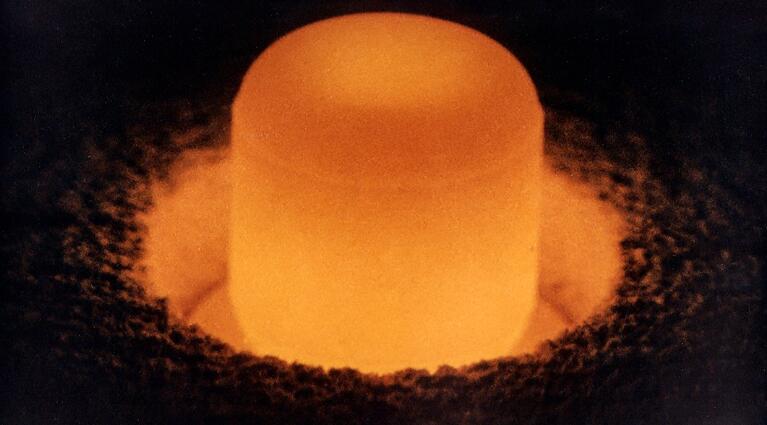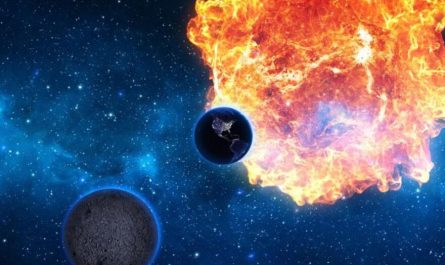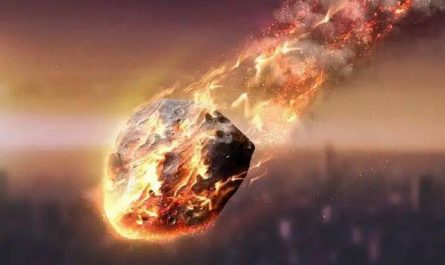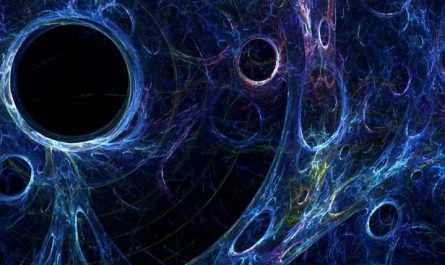The Pacific Ocean is the largest and deepest ocean on the earth. Its area occupies one-third of the earth’s surface, with an average depth of 3970 meters. Many areas have not been explored by humans. According to a new study published in the journal “Science” [1], in a rock 1,600 meters (about 1 mile) below the Pacific Ocean, scientists discovered something that should not have existed 6.3 million years ago-iron-60 ( Fe-60) and plutonium-244 (Pu-244), neither of them came from the earth.
Iron is a very abundant element on the earth, ranking fourth in the proportion of crustal elements (4.75%). The center of the earth is still a big iron ball, but why is the iron-60 discovered this time not from the earth? What is so special about plutonium-244?
At present, there are 118 elements in the periodic table, of which 94 elements exist in nature, and other elements are artificially synthesized. So, where do the elements that exist on the earth come from?
Natural elements have existed since the birth of the earth. Among them, element 1 hydrogen, element 2 helium, and element 3 lithium came from the Big Bang 13.8 billion years ago. Element 28 nickel and other elements before it were mainly It comes from nuclear fusion reactions inside stars, and the heavier elements come from high-energy events in the universe such as supernovae. These elements constitute everything on earth, including human beings, so we are all stardust in a sense.
Iron is the element 26, the end point of the nuclear fusion reaction of massive stars. Their appearance will break the hydrostatic balance inside the star and detonate supernovae. There are different numbers of neutrons in the iron nucleus, with as many as 34 isotopes, but only four are stable, the most of which is iron-56.
The nucleus of iron-60 has 4 more neutrons than iron-56, which makes it very unstable and prone to decay, with a half-life of only 2.6 million years. The earth has been formed for 4.5 billion years. If there was iron-60 when the earth was born, then they would have decayed in the long history of the earth. If iron-60 is found in nature, they must have arrived on earth only in the near past.
On the other hand, plutonium, element 94, is a transuranium element, which is the heaviest element naturally occurring. One of its isotopes, plutonium-244, has a half-life of 80 million years, which means that they have already decayed on Earth. If there are still plutonium-244 on the earth, they must have come from outside the sky.
The discovery of iron-60 and plutonium-244 benefited from a Japanese oil exploration company, which was drilling a seabed in the Pacific Ocean and dug into the rock 1.6 kilometers below the earth’s crust. After the identification of scientists, it was confirmed that iron-60 and plutonium-244 were found. But the quantity is extremely rare, even milligrams are unequivocal, only a few hundred atoms.
Nevertheless, this discovery still excites scientists. The discovery of these two rare radioactive elements means that they are both extraterrestrial matter. So, where do they come from in the universe?
The source of these two elements is not simple, they both originated from an amazing cosmic catastrophe event-supernova explosion. Although the sun is also undergoing nuclear fusion reactions, for low- and medium-mass stars like the sun, there is no ability to synthesize heavy elements like iron. Only massive stars with a mass eight times higher than the sun will eventually synthesize iron. These massive stars will eventually explode into supernovae, instantly releasing the huge energy that the sun can generate in a lifetime, thereby continuing to synthesize heavier elements.
Astronomers speculate that a supernova explosion occurred about 6.3 million years ago at a distance of about 250 light-years from the Earth. The supernova produced a large number of heavy elements. With the shock wave of the explosion, these heavy elements were dispersed throughout the universe, some of which came to Earth and continued to be deposited at the bottom of the Pacific Ocean. At that time, this supernova was extremely bright. If there were humans on Earth at that time, they would be able to see it directly with naked eyes during the day.
In addition, the previous discovery of a collision between two neutron stars 130 million light-years away indicates that this cosmic event that is more violent than a supernova will also synthesize heavy elements, and transuranic elements such as plutonium-244 may mainly come from this.
But anyway, this discovery reminds once again that we were all part of the previous generation of massive stars, and we all came from stardust.






